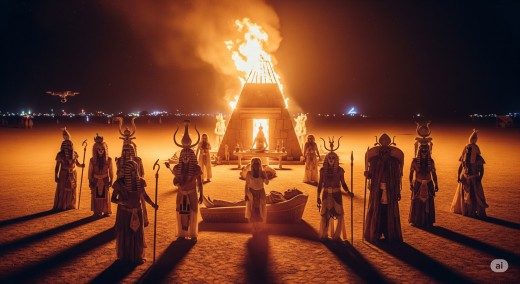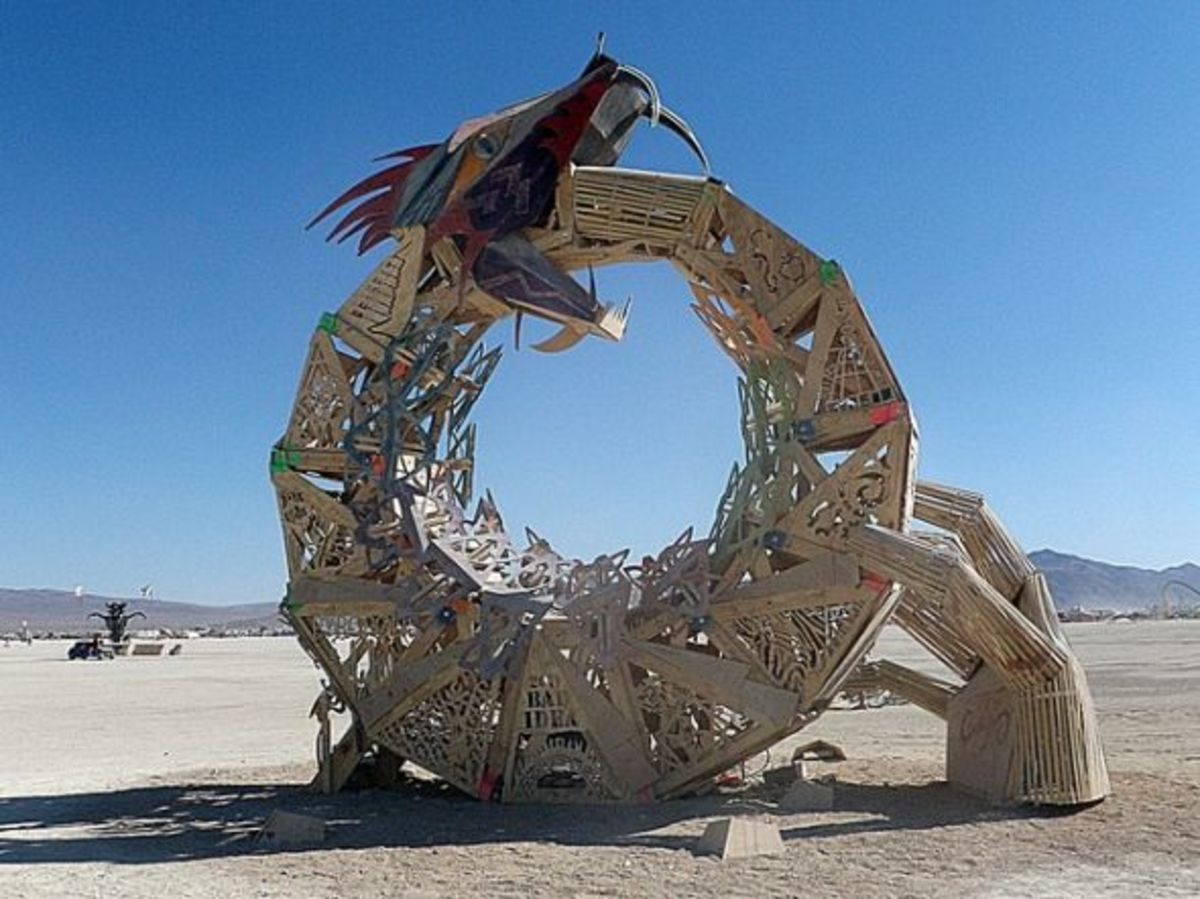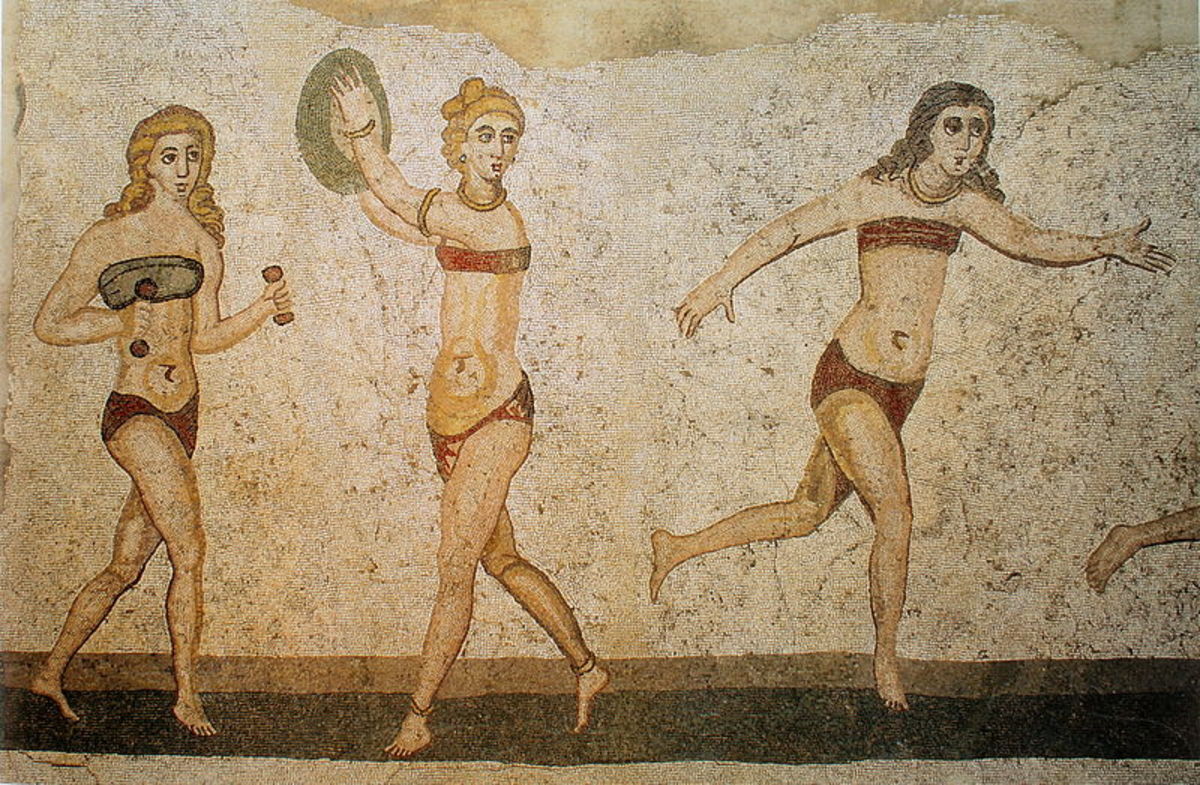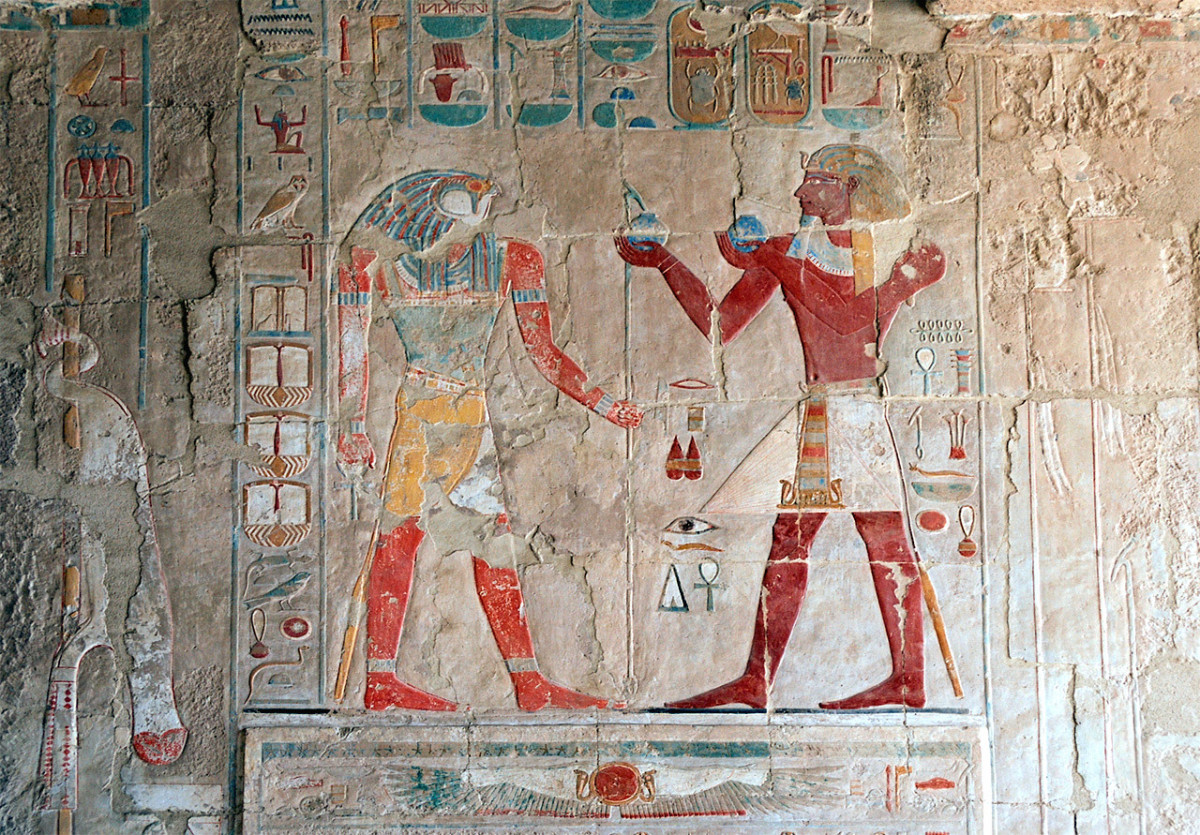The Bizarre Burning Man Ritual That Mirrors Ancient Egyptian Burials – You won't believe the connection!

Revealing the Ritual: The Creation of Clothes Burial at Burning Man
The first time I discovered a half-submerged garment in the sands of Black Rock City is etched in my memory. It wasn’t trash. It didn’t feel accidental. There was a purpose to it — as if it were a message conveyed in silence. That was the moment that dragged me into a ritual I never would have guessed would take place at a festival better known for fire than funerals.
As a cultural theorist of symbolism and ritual practice, I was immediately drawn in. Who buries clothes where all is supposed to be taken away? The principle behind Burning Man is “Leaving No Trace.” And yet here was a trace — soft, rotting, intentional.
I began asking around. At first, it was described as a rumor, an underground ritual passed from one person’s lips to another’s. “It’s about killing yourself, and making a new self,” one person told me. Another Burner murmured that it existed on a spiritual continuum, similar to ancient death-and-rebirth practices. No one could pinpoint its birth — but nearly everyone knew it existed.
Through the years, I began to see the pattern. Clothing burial wasn’t just some fringe act of rebellion or wastefulness. It was a ritual born from the earth of the Playa itself — a place where people descend to metamorphose, where they burn away who they are, and walk forth anew.
What started as something symbolic and small seems to have flourished, quietly, among those looking for more than a show.
So where did this all begin? And how did it become one of Burning Man’s most murmured-about rites?
To understand how, we have to go back — not just to the beginnings of the festival, but centuries even before. A time when desert rituals held meanings of life, death and afterlife.
The Deeper Meaning: Decoding the Ritual of Burying Clothes
The more I probed the narratives behind these buried clothes, the more I realized that this wasn’t merely festival theater but was pregnant with meaning. For many of the Burners I talked to, burying clothing was not so much about disposing of as following through. It was about transformation.
One woman said she buried the clothes she wore that night, when her marriage ended. She stood there barefoot in the dust, still crying softly, and she simply let the fabric vanish into the sand, as if she were relinquishing the part of herself that had ever worn it. One man told me he buried a stiff, cheap suit, his “corporate armor,” he termed it, after quitting a job that had absorbed him for over 10 years.
I began to see a pattern. These were not just clothes; they were identities. They took with them old tales, burdens, injuries. In a non-Burning Man world that rarely allows for closure or ceremony this simple act — a quiet burying in the desert — became something of a sacrilegious form of worship. A funeral for the past self.
And yet I wondered: Was this really a spiritual release — or was it quickly becoming a trend? With each rite there is a danger of devotion in imitation not in earnest. And in a world like Burning Man’s, where we value authenticity and spectacle so often confuses the line between earnest and performative, it’s difficult to distinguish between where sincerity stops and performance begins.
But one thing did become clear to me: this ritual of clothing burial touches on something primal. Something ancient.
And that’s where the trail took me next: to the desert rites of the Egyptians. Before there was ever a Black Rock City, people were burying clothing and trinkets not just to release them — but for what comes next.
And maybe, in our own unconscious way, we are doing something similar.
From Pyramids to Playa: Ancient Egypt Echoes in the Desert
And as I delved further into the symbology behind Burning Man’s clothing burial ritual, I just couldn’t get rid of the creepy similarities to a much older entity: Ancient Egypt. Standing in the dust of Black Rock, those ancient images washed back over me, with a new meaning altogether.
For the Egyptians, clothing was more than just fabric — it was part of the journey of the soul. The dead were entombed with robes, linens and even fine jewelry to take with them to the afterlife. Every object carried memory, status, and spiritual gravity. They were not just possessions; they were extensions of self.
And all of a sudden I viewed the Playa with fresh eyes. Thats pretty much what we’re doing here nichtwar? A ritual of burying objects imbued with emotional residue — relics of who we were — so that we may rise anew as something else?
The desert link made it seem even spookier. Ephesus’s ruins and Burning Man’s Playa both have the same silence, the same sand-swept stillness. Both spaces are intended to remove you from the world as you know it, and to place you in a liminal space, lodged between what was and what might be. They’re both, in their way, portals.
Even more intriguing is the fact that so many of them had never thought about that ancient connection, I discovered. “It felt right,” one told me. That phrase stuck with me. It felt right — as though, without realizing it, we were stirring something long blown over, not just by the sand, but by human memory.
Is it more than a coincidence? Might the rite at Burning Man be an unconscious reiteration of ancient rites — a spiritual birthright expressing itself in a new iteration?
It made me wonder what other rituals we might be perpetuating unwittingly.
Disputes and Decisions: The Socioeconomic Challenge of the Environment
Not everyone sees this ritual as appealing to God. The first time I described clothing burial to a Burner friend of many years, he didn’t miss a beat: “That’s MOOP.” Matter Out Of Place. In the Burning Man vernacular, it’s nearly a four-letter word.
And he had a point.
While the ritual held a certain symbolic power for me, it was in contradiction with one of Burning Man’s tenets — Leave No Trace. The mere act of burying, no matter how emotionally resonating, risks over-turning the delicate web of life upon which the desert all depends. Buried fabrics break down slowly in soil, releasing microfibers and dyes. And biodegradable clothing does not always break down the way people assume, especially in the arid weather of Nevada.
I began to understand both sides of the dispute. On the one hand, I encountered people who were obviously connecting to some profound and cathartic transformative process. On the other, I met Playa Restoration volunteers who spend weeks removing the refuse from after the festival — digging up precisely the kinds of “sacred offerings” left behind with the assumption they’d just, poof, go away.
It was a hard contradiction to miss. Can something be meaningful if it can be harmful? And what to do when a personal ritual becomes a communal problem?
Burning Man organizers have responded to this in small fashion — by promoting creative thinking about nondestructive rituals among participants, and by offering direct guidance on what not to leave behind. Still, the tension remains. I had to ask: Is there a way to respect the spirit of the ritual while respecting the land that bears it?
That question lingered as I started dreaming about how that tradition could adapt — how it could evolve, be preserved, reimaged and made sustainable for the next generation of Burners to find release.
Ritual, Reimagined: Honoring Spirit and Earth as One
And as I revisited all I’d learned — the emotional and spiritual weight, the environmental risks — I realized that I felt compelled to ask a tough but necessary question: Are we even able to keep the ritual if we have nothing to bury at all?
That’s when I started to speak to artists, eco-conscious Burners and spiritual leaders in the community. What I found was somewhat heartening, and deeply inspirational: people had already been evolving the ritual, finding modes of honoring its emotional power without imperiling the well-being of the Playa.
One woman told of writing her past on strips of dissolvable rice paper, then letting it go into a ceremonial bowl of water. Another Burner said he created a “Clothing Rebirth Altar,” at which people throw away clothes as a symbolic act, after which their rags are turned into a group art project.
These alternatives do more than incarnate the land —— they broaden the definition of the rite. They encourage contemplation, creativity and even community participation. And, more crucially, it forces us to be more deliberate. You can bury something and walk away, that’s easy. Reimagining its future is a harder lift — and so much more powerful.
And I also started researching biodegradable clothing actually made for religious use. Some producers now make clothes out of natural fibers dyed with plant-based inks that fully biodegrade, even in desert-like environments. Others provide “ceremonial wear” intended to be burned (safely) or altered post-ritual into something new — something of beauty.
I ultimately realized this ritual has nothing to do with destruction — it’s about transformation. And that transformation can pertain to our relationship to the environment, as well.
So if you are going out to join in this sacred event, I encourage you: Respect the spirit, respect the space and make your ritual not only meaningful — but mindful.
© 2025 Bonalu









